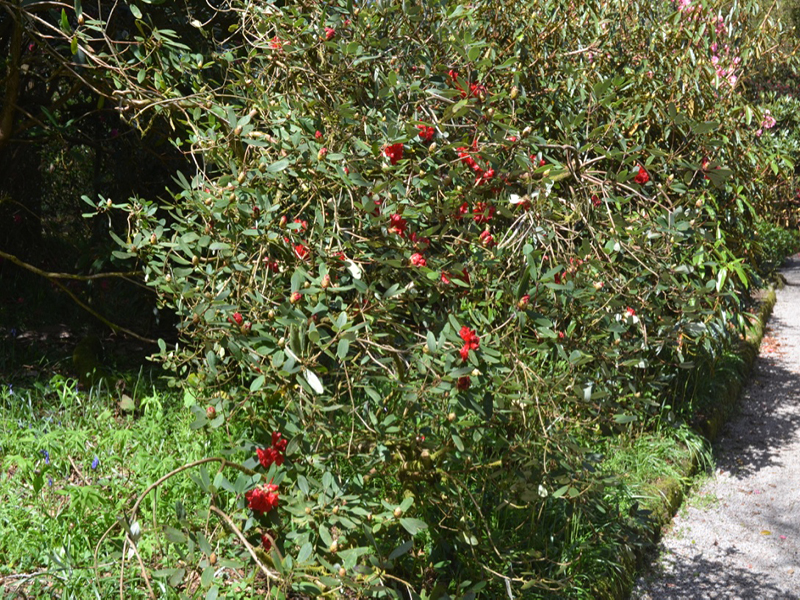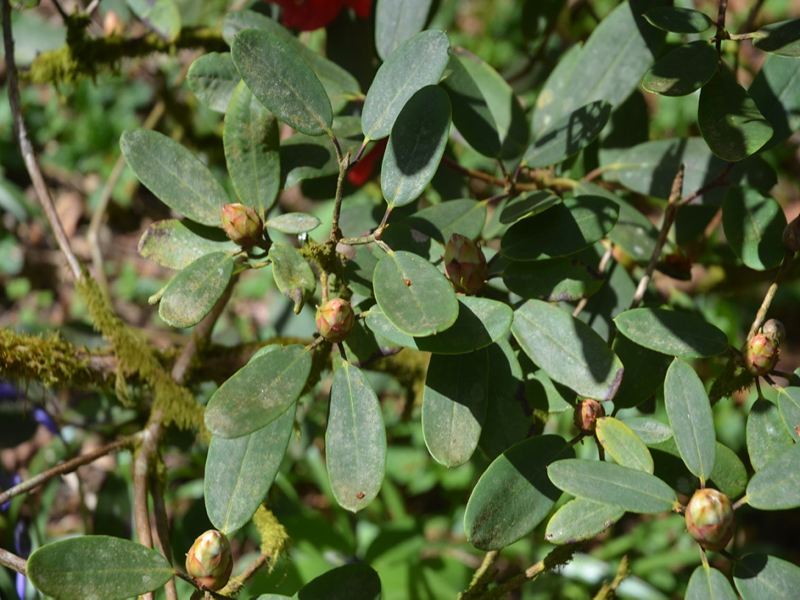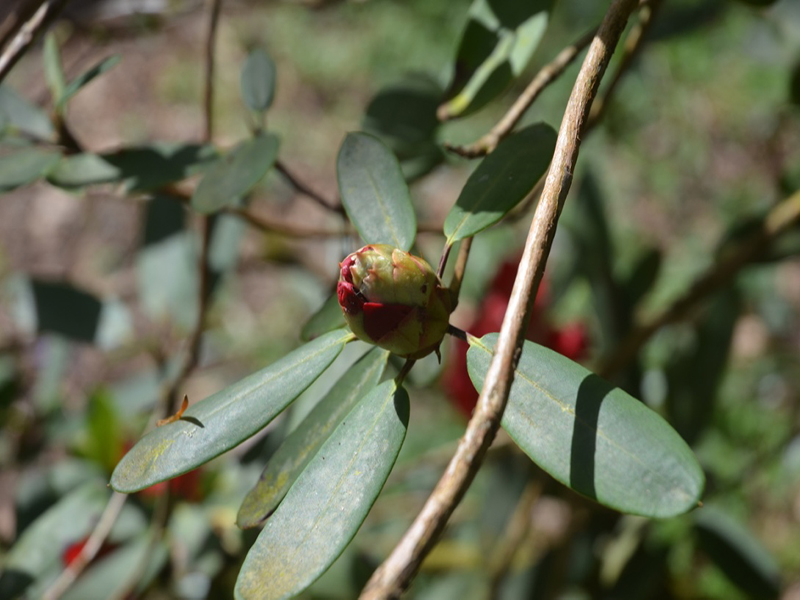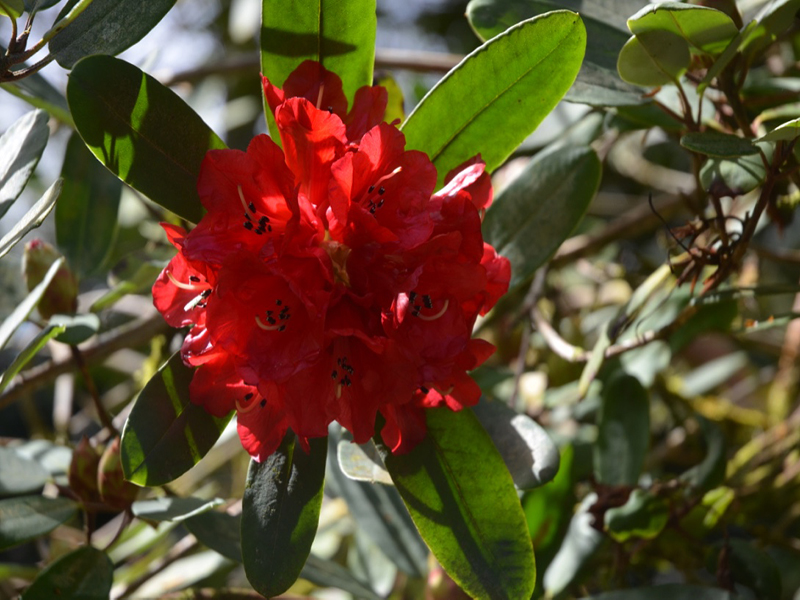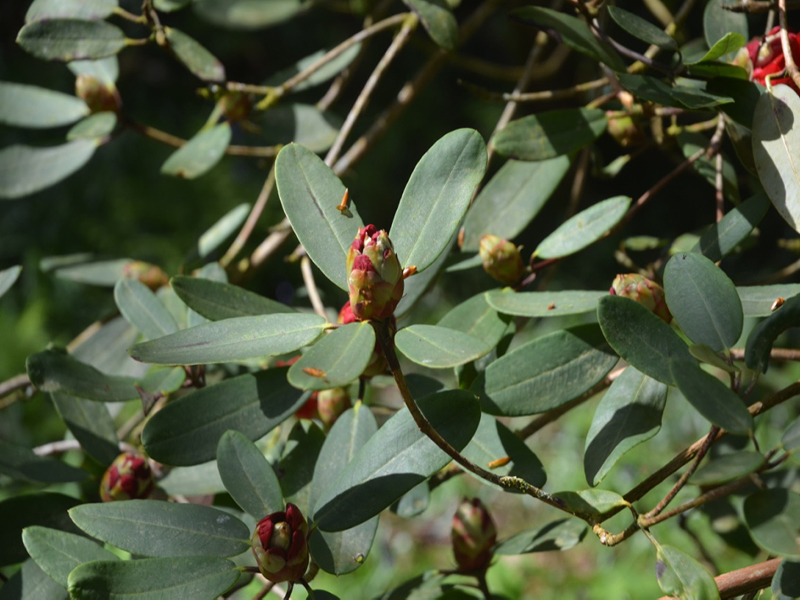
Woody > Rhododendron > Rhododendron neriiflorum > Rhododendron neriiflorum
Rhododendron neriiflorum
Origin: South west China.
| Family |
| Ericaceae |
| Genus |
| Rhododendron |
| Species |
| neriiflorum |
| Category |
| Woody |
| Type |
| Shrub (evergreen) |
| USDA Hardiness Zone |
| 6a - 9b |
| Canadian Hardiness Zone |
| 7 |
| RHS Hardiness Zone |
| H6 |
| Height |
| 4 - 8 metres |
| Spread |
| 2.5 - 4 metres |
Photographs
Description and Growing Information
Flowering Period
| Landscape |
| Most commonly used as an ornamental or specimen tree. |
| Cultivation |
| Grow in moist but well-drained, leafy, humus-rich acid soil in part shade with shelter, suitable for full sun if soil remains reliably moist. |
| Growth |
| Medium |
| Pests |
| Vine weevil, rhododendron leafhopper, pieris lacebug, scale insects, caterpillars, aphids, powdery mildews, rhododendron petal blight, rhododendron bud blast, silver leaf and honey fungus. |
| Leaf Description |
| Narrow leaves, dark green above, white beneath and up to 10 cm long. |
| Flower Description |
| Trusses of 6 - 12 tubular to bell-shaped flowers, each up to 10 cm wide, and ranging from deep rose to crimson red. |
| Notable Specimens |
| Trengwainton Garden, Madron, near Penzance, Cornwall, United Kingdom. |
| Propagation |
| By seed when ripe, or semi-ripe cuttings in late summer, layering in autumn or grafting in late summer or late winter. |
